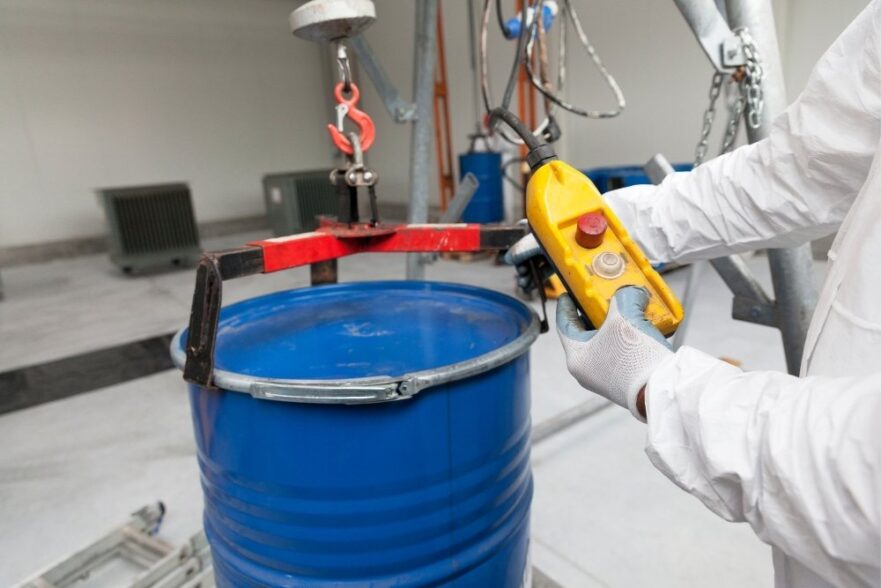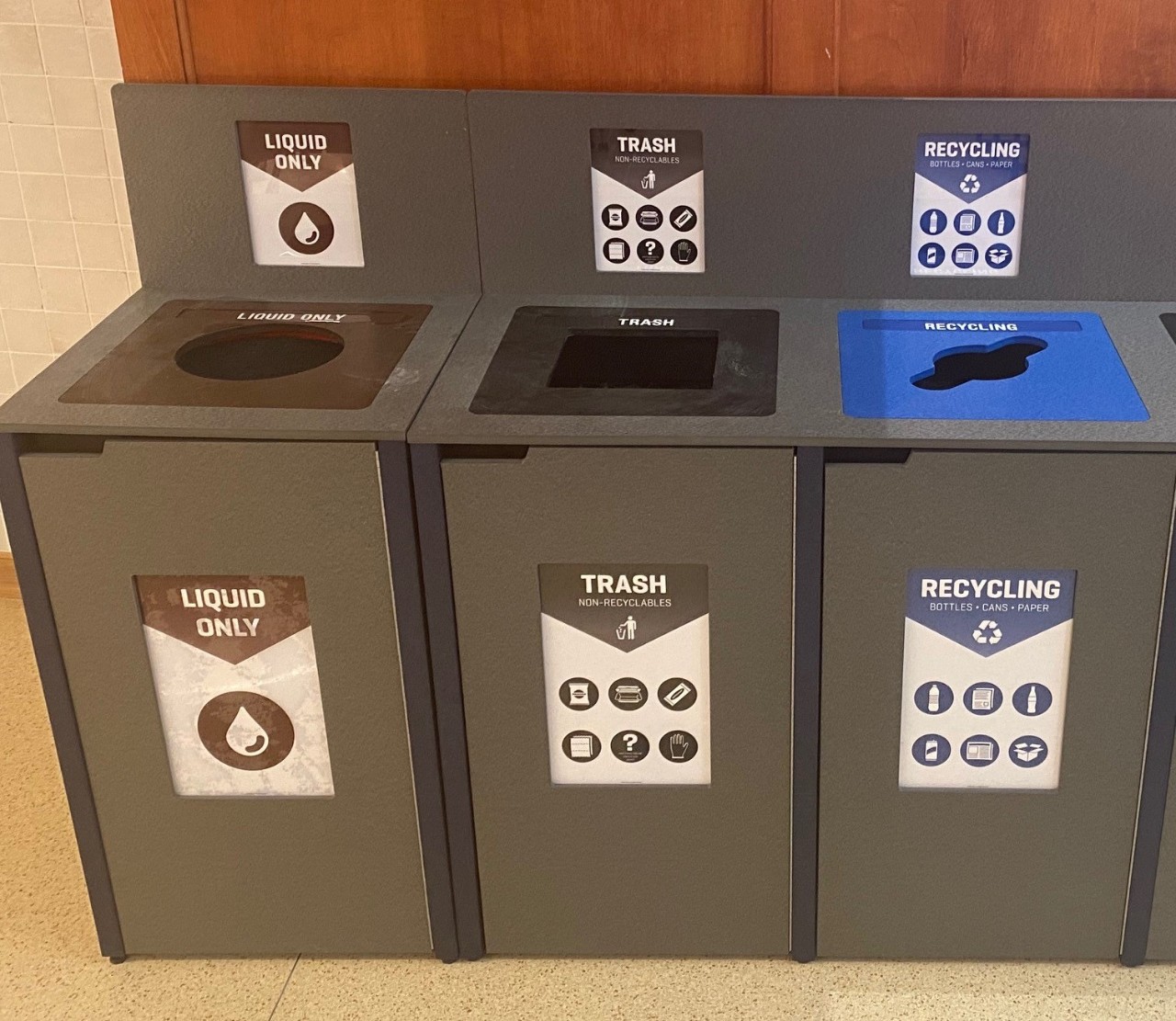Professional Liquid Waste Removal Melbourne: Maintaining Your Setting Clean
Professional Liquid Waste Removal Melbourne: Maintaining Your Setting Clean
Blog Article
Just How Fluid Garbage Disposal Functions: A Detailed Summary of Strategies and Technologies Utilized

Review of Fluid Waste Types
The intricacy of fluid waste kinds necessitates a thorough understanding of their characteristics and effects for disposal. Fluid waste can generally be categorized into numerous types, consisting of industrial, local, farming, and harmful waste. Each group displays unique properties, calling for certain monitoring methods to minimize ecological and wellness risks.
Industrial liquid waste stems from manufacturing procedures and usually has a variety of pollutants, such as hefty metals, solvents, and organic compounds. Metropolitan fluid waste, primarily comprising wastewater from homes and industrial establishments, consists of raw material, nutrients, and microorganisms (industrial wastewater treatment). Agricultural liquid waste, including runoff from ranches, might include plant foods, pesticides, and animal waste, posturing dangers to water high quality and ecological communities
Hazardous fluid waste is identified by its toxicity, sensitivity, or prospective to trigger damage. This category consists of materials like acids, bases, and particular chemicals that demand rigid handling and disposal protocols. Comprehending these varied liquid waste kinds is vital for developing effective disposal methods and making sure conformity with environmental policies. Appropriate classification and characterization are essential for implementing suitable therapy strategies and reducing the adverse effects on public health and wellness and the setting.
Physical Therapy Techniques

Testing is the first step, where bigger particles and particles are eliminated from the fluid waste using displays or grates. This process secures downstream tools from damage and makes sure smoother procedure. Adhering to testing, sedimentation makes use of gravitational force to separate solids from liquids. In sedimentation storage tanks, larger bits work out near the bottom, forming a sludge layer, while the cleared up liquid can be more treated.
Purification is one more crucial technique that includes passing the fluid with permeable materials, such as sand or membrane layers, to capture smaller sized bits. This step enhances the high quality of the liquid, making it suitable for succeeding therapy processes.

Chemical Treatment Techniques
Chemical therapy strategies are essential for effectively managing fluid waste, especially in resolving liquified and colloidal pollutants that physical techniques may not adequately eliminate. These techniques use different chemical representatives to counteract, speed up, or change harmful materials into much less unsafe forms.
One common method is coagulation and flocculation, where chemicals such as alum or ferric chloride are included in advertise the gathering of suspended bits. This procedure boosts sedimentation, enabling much easier removal of the resulting sludge. Additionally, oxidation procedures, employing agents like chlorine or ozone, are utilized to break down intricate natural substances and pathogens, rendering the waste safer for discharge or additional treatment.
Neutralization is an additional crucial strategy, which changes the pH of acidic or alkaline waste streams to neutral levels, protecting against prospective damage to downstream systems and the setting. In addition, advanced oxidation processes (AOPs) utilize mixes of oxidants and ultraviolet light to weaken persistent contaminants, achieving a greater degree of therapy performance.
Biological Treatment Procedures
Organic therapy processes play a crucial duty in the monitoring of fluid waste by using bacteria to disintegrate raw material and lower impurity levels. These processes can be broadly classified into cardiovascular and anaerobic treatments, each employing particular microbial areas to achieve reliable waste degradation.
Cardio treatment entails a fantastic read the usage of oxygen to assist in the malfunction of natural products by germs. This procedure is frequently applied in activated sludge systems, where aeration tanks supply a helpful atmosphere for microbial development, resulting in the oxidation of natural pollutants. The resultant biomass can be separated from dealt with effluent through sedimentation.
On the other hand, anaerobic treatment occurs in the lack of oxygen, counting on various bacteria to damage down raw material. This technique is particularly beneficial for high-strength waste, as it produces biogas, a renewable resource source, while reducing sludge manufacturing. Technologies such as anaerobic digesters are often utilized in commercial and local applications.
Both anaerobic and cardio biological treatments not only lessen the ecological influence of liquid waste but additionally facilitate source healing, making them vital components of sustainable waste management techniques. Their adaptability, efficiency, and effectiveness sustain their extensive application throughout different markets.
Arising Technologies in Disposal
Ingenious methods to fluid waste disposal are swiftly evolving, driven by innovations in modern technology and an enhancing focus on sustainability. Amongst these arising innovations, membrane bioreactors (MBRs) have gained traction for their ability to integrate biological treatment with membrane layer purification, leading to high-grade effluent that can be reused in numerous applications. MBRs make look at this website it possible for smaller sized impacts and extra effective operations compared to typical systems.
One more appealing development is using anaerobic food digestion integrated with nutrient recovery modern technologies, which not just deals with liquid waste yet additionally creates biogas and recuperates useful nutrients like nitrogen and phosphorus. This double benefit enhances resource effectiveness and minimizes ecological influence.
In addition, advanced oxidation processes (AOPs) are being embraced for the degradation of complicated organic contaminants. These approaches make use of powerful oxidants and drivers to damage down contaminants at the molecular level, supplying a highly efficient remedy for challenging waste streams.
Additionally, the assimilation of man-made intelligence and artificial intelligence in waste administration systems is optimizing operational effectiveness and anticipating maintenance, bring about minimized costs and improved ecological compliance. These modern technologies reflect a substantial change in the direction of even more sustainable and effective fluid waste disposal practices.
Conclusion
In final thought, efficient liquid waste disposal demands a comprehensive understanding of different strategies and modern technologies. By constantly advancing these approaches, it view becomes possible to attend to the expanding difficulties linked with fluid waste, inevitably adding to ecological protection and resource recovery.
Fluid waste disposal is an essential facet of ecological administration, needing an extensive understanding of numerous strategies and modern technologies customized to various waste types. Fluid waste can generally be categorized right into a number of types, consisting of commercial, local, farming, and hazardous waste. Agricultural liquid waste, consisting of runoff from farms, may consist of plant foods, pesticides, and pet waste, posing threats to water quality and communities.
Different physical therapy methods play a critical duty in handling liquid waste properly - industrial wastewater treatment.In conclusion, reliable fluid waste disposal necessitates an extensive understanding of numerous methods and innovations
Report this page